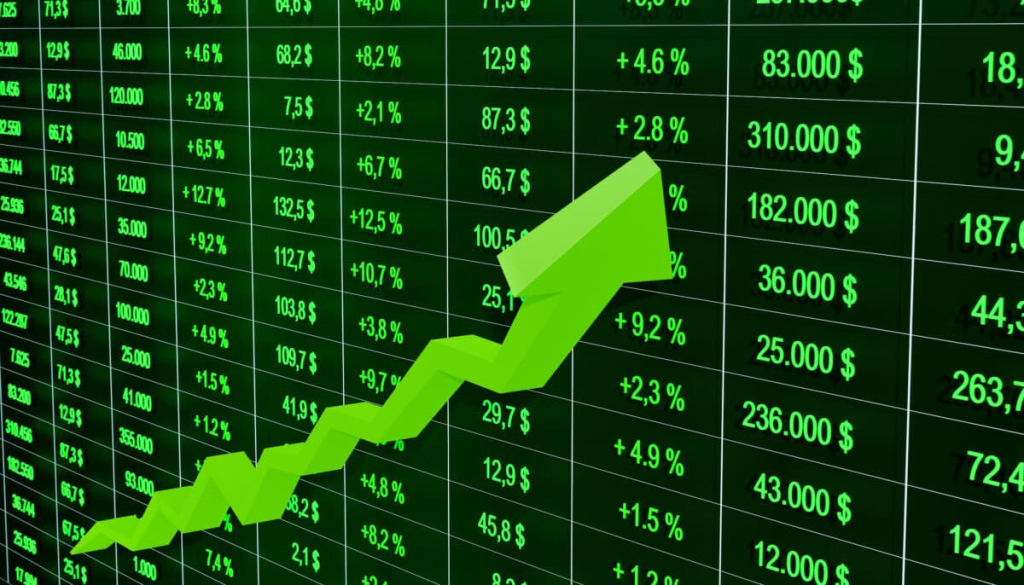We recently compiled a list of the 8 Best Dividend Paying Debt Free Stocks to Invest in. In this article, we are going to take a look at where Epsilon Energy Ltd. (NASDAQ:EPSN) stands against the other best debt free stocks that pay dividends.
Debt financing is not inherently negative; its impact largely depends on how effectively it is utilized. When managed properly, it can drive substantial cash flow and enhance returns for shareholders. However, poor management of debt can weaken a company’s financial stability. In the second quarter, corporate debt levels decreased despite benchmark interest rates remaining unchanged between April and June. Total debt for both investment-grade and non-investment-grade companies fell to $8.432 trillion, down from $8.517 trillion in the previous quarter. Investment-grade companies reduced their debt by approximately 0.9% to $6.610 trillion, while those rated below BBB- by S&P Global Ratings lowered their debt by about 1.2% to $1.822 trillion, based on data from S&P Global Market Intelligence.
The S&P Global report also highlighted that while total debt among U.S. investment-grade companies declined overall, seven out of 10 nonfinancial sectors experienced debt growth in the second quarter. The energy sector recorded the largest increase, with total debt rising by 4.1% to $502.03 billion. However, this increase was largely offset by a significant 12.7% drop, equivalent to $98.87 billion, in debt within the information technology sector. For non-investment-grade companies, debt decreased across eight of the 10 sectors, with consumer staples experiencing the steepest decline at 7.7%. Conversely, total debt rose only in the healthcare and energy sectors within this category.
While many US companies maintain strong balance sheets, a significant share of defaults has come from low-rated firms with negative cash flow, high debt levels, and limited liquidity. These heavily indebted businesses, often referred to as “zombies,” struggle to stay afloat, barely covering their loan interest payments, and are vulnerable to even minor setbacks. An analysis by the Associated Press found that nearly 7,000 publicly traded companies globally, including 2,000 in the U.S., fall into this category. These firms were impacted by years of accumulating inexpensive debt, followed by persistent inflation that pushed borrowing costs to their highest levels in a decade. Additionally, much of the borrowed funds were not directed toward growth initiatives like expansion, hiring, or technological investment but were instead used for stock buybacks.



